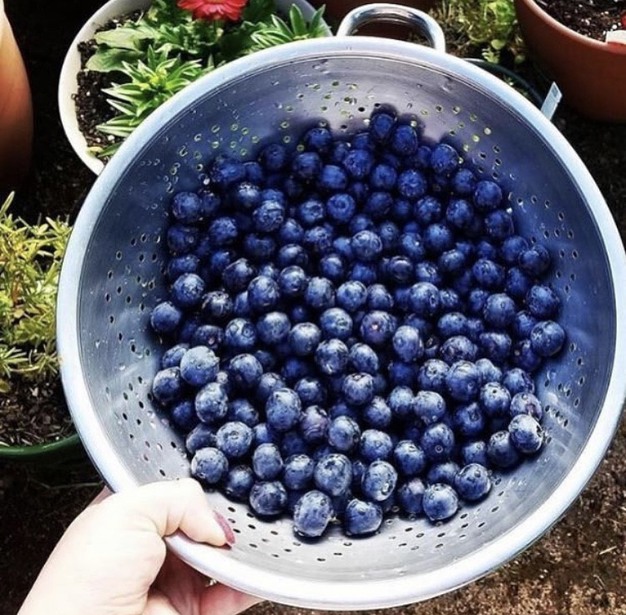With more support and strategic planning, blueberry consumption could be boosted by data-driven marketing and planning.
This is just one idea that came out of this year’s U.S. Highbush Blueberry Council’s virtual expo’s session on data-driven decision making.
As it stands, loyalty and blueberry purchasing are connected. “Loyal shoppers spend three times as much as non-loyal shoppers within blueberries,” says Catherine Cowan with 84.51°, a Cincinnati, OH-based data mining company that’s a wholly-owned subsidiary of The Kroger Co. “But blueberries could use support in loyalty growth because as a whole, loyal shoppers are spending about five times as much as non-loyal shoppers. There’s opportunity there.”
Food associations using data
And while turning to data to examine the purchases of shoppers has long been something individual companies have been doing, the involvement of food associations is changing says Jessica Mahan, also of 84.51°. “Kroger continues to be a data-driven, customer first organization and we strive to have insights guide decisions made in and out of stores,” she says. “But it’s great to see how data-hungry these food associations have been. It’s allowing them to bring in objective, data-drive points of view to have conversations with Kroger. But they could also bring this information to other retail partners. Seeing data from a subjective view speaks volumes.”
 Photo: U.S. Highbush Blueberry Council
Photo: U.S. Highbush Blueberry Council
So how does studying data change shopping behavior? Perhaps it’s about using that data to help create habits and that starts with reframing the concept of “shopper loyalty” as consumer habits.
“We talk about loyalty and repeated behaviour is loyalty. Loyalty cards and the data that is being captured, it’s not the same thing as a loyalty to a person. I buy blueberries because I like them and I’m in the habit of buying them. It’s not necessarily a loyal experience where I have a philosophy towards blueberries. Habit is an important construct,” says Jason Riis, founder of behavioral science firm Behavioralize in 2018, a consulting firm that applies behavioral science.
Inspiring habit forming
As he notes, psychologists think 50 percent or more of behaviours are done habitually such as putting on a seatbelt or brushing teeth before bed. And to create habits, getting people to repeat behaviours is one way to form them. But the other factor is help things along is creating a consistent context such as a similar time and place. “From our data we may be able to find out ways people use their blueberries and we can encourage them to help create habits,” says Riis. “We can create the inspiration to make consumption easy.”
How can companies do this? “Making a product easier to grab is one way to inspire households,” says Cowan. “Look at data from shopper’s baskets and see what else is being purchased with blueberries to help determine what recipes households are making with them. Look at existing households shopping habits to inspire new households.” For instance, if data shows arugula, blueberries and olive oil in a shopping basket, a salad with blueberries could be assumed and perhaps make way for in-store display pairings.
And whether it’s recovering a consumer following bad eating experience or getting them to purchase more berries, making things easy for the consumer is key. “Making it easy sounds banal. But it’s incredibly important and it’s not easy to make it easy,” says Jason. “This is where innovation comes in. You have to find new ways for consumers to remember to consume your product but also first to put it in their basket, to serve it and to actually eat it. For every place in this journey, you need to ask yourself if you can make it easier.”
For more information:
Catherine Cowan
Jessica Mahan
84.51°
Tel: +1 (513) 632-1020
https://www.8451.com/
Jason Riis
Behavioralize
jason.riis@behavioralize.com
https://www.behavioralize.com/
